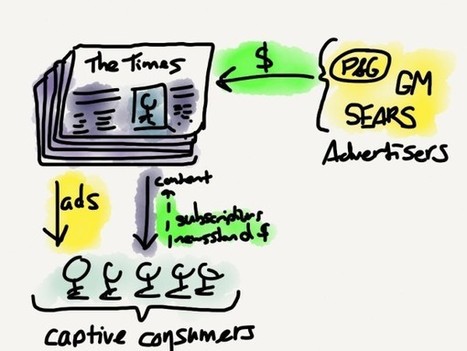Mobile might be the biggest transition for news organizations since the World Wide Web--and the New York Times is on it.
On March 8, the New York Times unveiled a new app called NYT Now that signals a major shift in how publishers package the news. For $8 a month, NYT Now will offer users access to a limited number of stories, and those stories will be presented in a totally new way (for the Times, that is): as a series of cards, one per story, with an image and, at most, two bullet points summing up the news.
"It's not a news summary app," is the first thing Cliff Levy, the two-time Pulitzer Prize winner tapped to lead the NYT Now team, told me in a phone interview. I got a detailed description of how it works, how it looks, and what its aims are, and here's my takeaway: NYT Now is a news summary app. But thanks to its design, it may actually work as intended--and what's intended is to be as native to mobile as the newest version of NYTimes.com is to the web....
 Your new post is loading...
Your new post is loading...
 Your new post is loading...
Your new post is loading...













